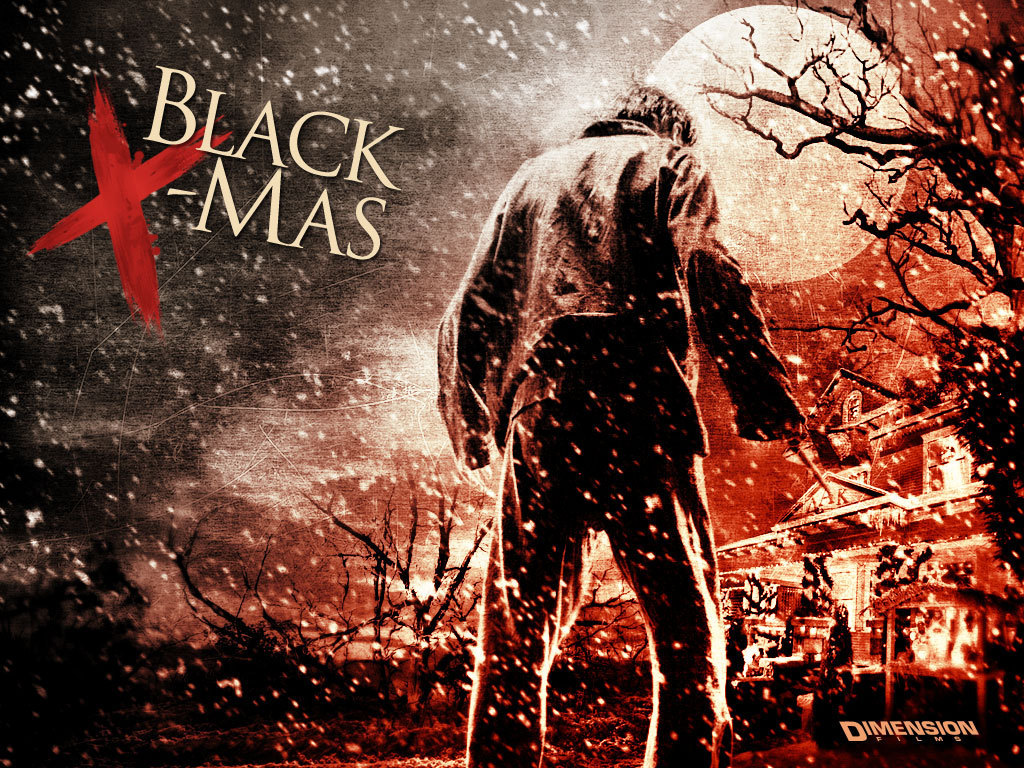

Hogle, who offered a muchappreciated foreword and invaluable liner notes. Everlasting thanks also go to the Pretenyrds of Southern Utah University - Jessica, Robin, Kurt, Ed, Charles, and Crazy Joe - along with my other colleagues in the Southern Utah University English Department. Hogle and the brilliant critical theorist Carlos Gallego.


My deepest appreciation and gratitude go to Susan White, my wonderful and tireless dissertation director, and the other two members of my committee who worked so diligently with me on the early drafts of the manuscript: the great Gothic scholar Jerrold E.

And also for VR MaglebyĪCKNOWLEDGMENTS I wish to thank those who have helped make this book happen: Peter Dendle, Charlie Bertsch, Maribel Alvarez, Jennifer Jenkins, Suresh Raval, Amy Parziale, Jay “Maggie” Jesse, James Wermers, and especially Todd Petersen. McFarland & Company, Inc., Publishers Box 6¡¡, Je›erson, North Carolina 28640 For Rachel, Xander, and Sydney. Cover image ©2010 Shannon Eberhard (after Grant Wood’s American Gothic) Manufactured in the United States of America All rights reserved No part of this book may be reproduced or transmitted in any form or by any means, electronic or mechanical, including photocopying or recording, or by any information storage and retrieval system, without permission in writing from the publisher. Includes bibliographical references and index. McFarland & Company, Inc., Publishers Jefferson, North Carolina, and Londonīishop, Kyle William, ¡973– American Zombie Gothic : the rise and fall (and rise) of the walking dead in popular culture / Kyle William Bishop foreword by Jerrold E. Instructors considering this book for use in a course may request an examination copy here.American Zombie Gothic The Rise and Fall (and Rise) of the Walking Dead in Popular Culture KYLE WILLIAM BISHOP Foreword by JERROLD E. Closely examining such influential works as Victor Halperin's White Zombie, Jacques Tourneur's I Walked with a Zombie, Lucio Fulci's Zombi 2, Dan O'Bannon's The Return of the Living Dead, Danny Boyle's 28 Days Later, and, of course, Romero's entire "Dead" series, it establishes the place of zombies in the Gothic tradition. This book provides a cultural and critical analysis of the cinematic zombie tradition, starting with its origins in Haitian folklore and tracking the development of the subgenre into the twenty-first century. The voodoo-based zombie films of the 1930s and '40s reveal deep-seated racist attitudes and imperialist paranoia, but the contagious, cannibalistic zombie horde invasion narrative established by George A. Zombie stories are peculiarly American, as the creature was born in the New World and functions as a reminder of the atrocities of colonialism and slavery.


 0 kommentar(er)
0 kommentar(er)
